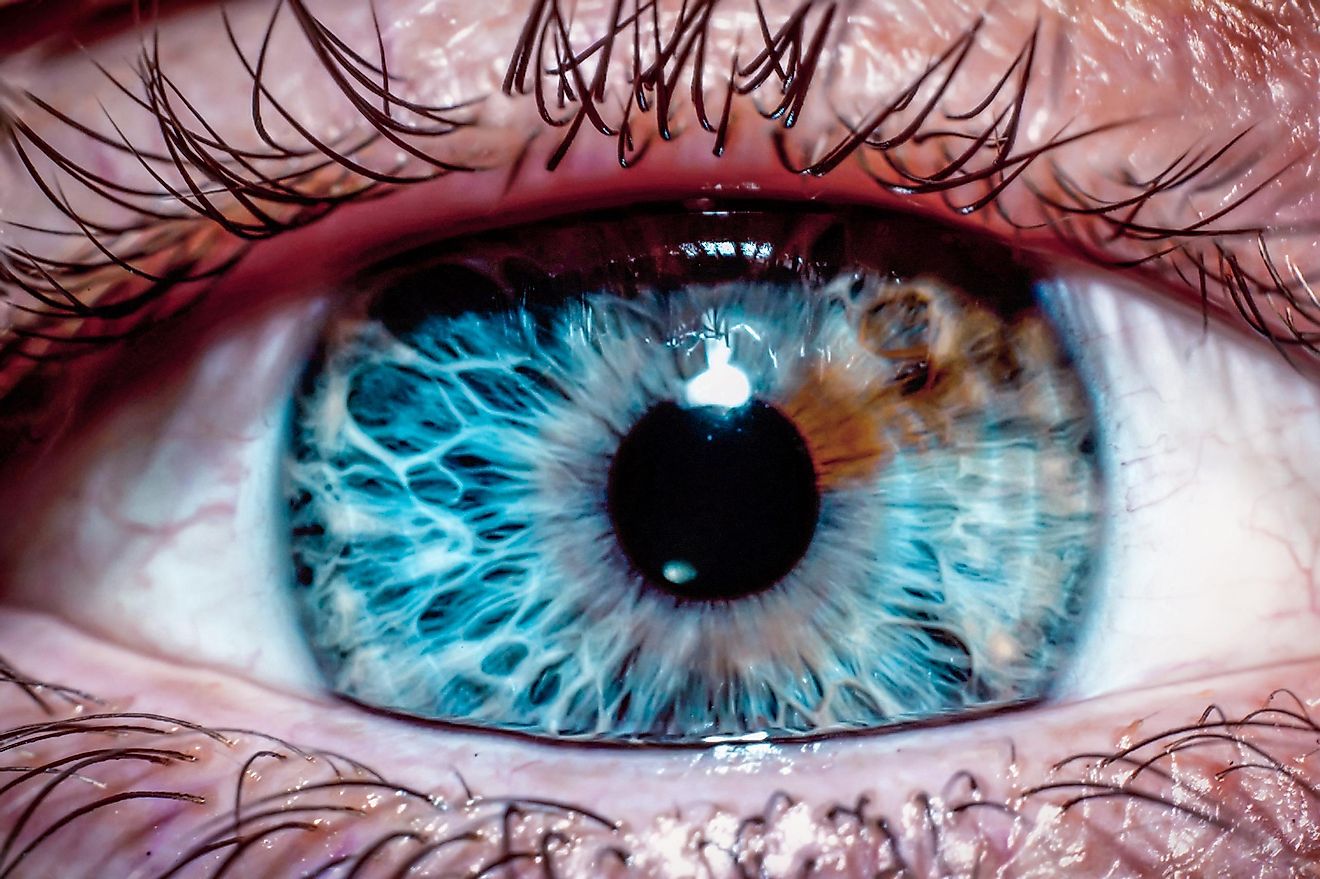What is the Difference Between Britain and England?

Britain was originally a name for an Island which was inhabited by Celts. The Celts inhabited what is now England, Wales, and part of Scotland until the Roman occupation. England emerged as a kingdom after the Roman Occupation and Britain remained the name for the Island of which there were now two kingdoms: England and Scotland. In 1603 King James IV of Scotland who was also King James 1 of England named himself the King of Great Britain in an attempt to unite the two countries. However partisan interests and distrust between the Scots and English made this remain a pipe dream. King James and his successors ruled both Scotland and England as separate countries each with its laws, parliament, and language. When Queen Anne ascended to the throne in 1702, her focus was uniting the two countries. In her very first speech to the parliament, she said it was essential to unite the two countries and proceeded to appoint a team of negotiators who would plan the union of the two countries. This culminated in the Act of Union of 1707 in which the two countries were united. The resulting country was the United Kingdom of Great Britain and Ireland.
England
England is a constituent country of the United Kingdom and borders Wales to the West and Scotland to the north. It covers the biggest portion of the island of Great Britain which it shares with Scotland and Wales. Its capital city is London, and with a population of over 50 million, it is also the largest member state of United Kingdom. While it is a component of the United Kingdom, it has none of the political autonomy or domestic self-government its counterparts in the UK enjoy. Other than the Church of England and sports associations (rugby, cricket, and soccer) there are no bodies of international standing that operate in England portion of UK only.
The Scottish Connection to Britain
Scotland is a part of Britain, sharing a border with England although it is not a part of England. It has a population of approximately 5 Million people and its capital city is Edinburgh. After a referendum in 1997, Scotland was allowed a leeway in domestic government as some functions were devolved. The Scotland Act of 1998 enacted laws allowing for this. English and Gaelic are Scotland's two official languages, although only 58,000 people speak Gaelic.
The Welsh Connection to Britain
Wales occupies the western part of the Britain Isles and is a part of Great Britain. The capital city is Cardiff, and its official languages are Welsh and English. Wales was an independent country until its defeat by England's army and subsequent annexation into England. The referendum that allowed devolution in Scotland also did the same for Wales. This was formalized by the Government Wales Act of 1998 which transferred some functions and resources to the devolved Wales government.
Breaking it Down
In simple terms, England, Wales, and Scotland are located in Great Britain. On the other hand, Great Britain and Northern Ireland are located in the United Kingdom. That is why the UK is also known as the United Kingdom of Great Britain and North Ireland. It is important to note that the UK is a sovereign state and the nations that make it up are also recognized as countries in their own right. The British Isles is made up of Great Britain, Northern Ireland, the Republic of Ireland, and other islands. However, British Isles is exclusively a geographical term and does not refer to nationality. Although the Republic of Ireland is a constituent of the British Isles, its people are not British.











